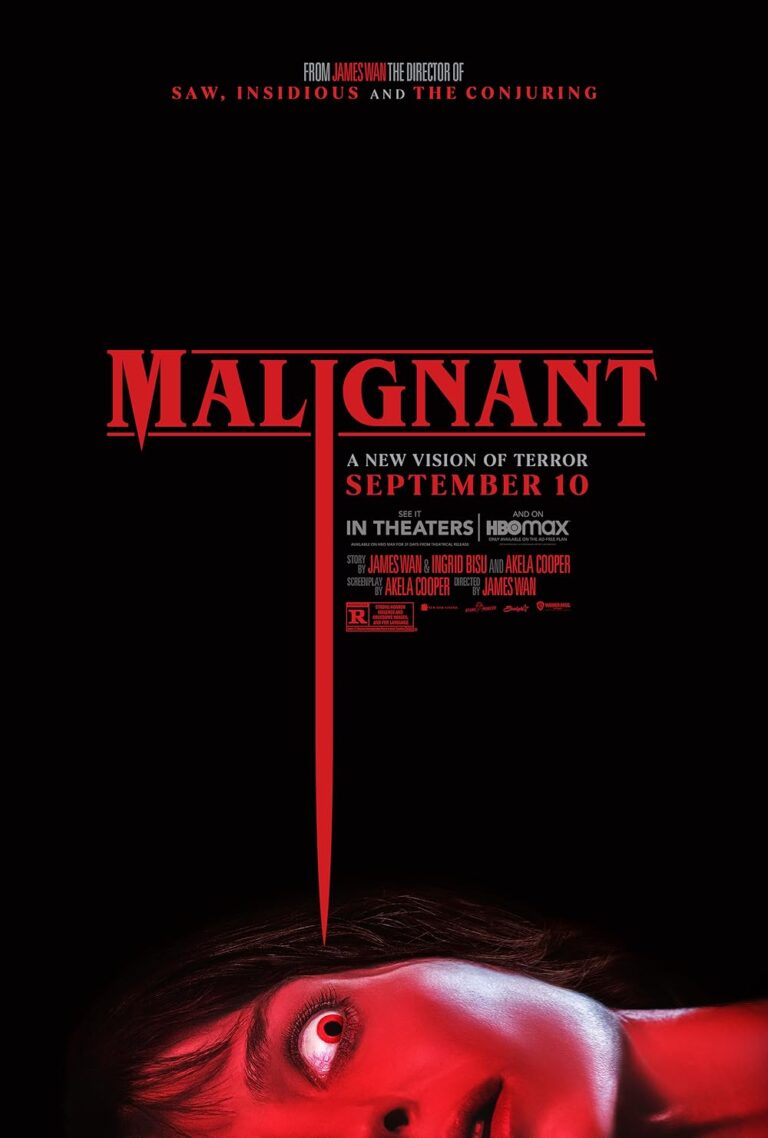The Usual Suspects is a 1995 American neo-noir[3] mystery crime thriller film directed by Bryan Singer and written by Christopher McQuarrie. It stars Stephen Baldwin, Gabriel Byrne, Benicio del Toro, Kevin Pollak, Chazz Palminteri, Pete Postlethwaite and Kevin Spacey.
The film follows the interrogation of Roger “Verbal” Kint, a small-time con man who is one of only two survivors of a massacre and fire on a ship docked at the Port of Los Angeles. He tells an interrogator a convoluted story about events that led him and his partners in crime to the boat, and about a mysterious mob boss known as Keyser Söze who commissioned their work. Using flashback and narration, Kint’s story becomes increasingly complex.
The film, shot on a $6 million budget, began as a title taken from a column in Spy magazine called The Usual Suspects, after one of Claude Rains‘ most memorable lines in the classic film Casablanca. Singer thought it would make a good title for a film, the poster for which he and McQuarrie had developed as the first visual idea.
The film was shown out of competition at the 1995 Cannes Film Festival,[4] and then initially released in a few theaters. It received favorable reviews, and was eventually given a wider release. McQuarrie won an Academy Award for Best Writing (Original Screenplay) and Spacey won the Academy Award for Best Supporting Actor for his performance. The Writer’s Guild of America ranks the film as having the 35th greatest screenplay of all time.[5] It is now remembered for having one of the most definitive and popular plot twists in cinematic history.
source: https://en.wikipedia.org/wiki/The_Usual_Suspects
Movie Summary: “The Usual Suspects”
“The Usual Suspects” stands as a testament to the brilliance of storytelling, with its intricate plotlines, well-developed characters, and a narrative structure that keeps the audience on the edge of their seats from the opening scene to the closing credits. Directed by Bryan Singer and penned by Christopher McQuarrie, the film explores the fine line between truth and deception, delving into the murky world of crime, loyalty, and treachery.
Establishing the Scene:
The film commences with a seemingly random police lineup, introducing us to a group of five men, each with their distinct criminal backgrounds. This assortment of characters is as diverse as they come: Dean Keaton, a former corrupt cop turned criminal; Michael McManus, a seasoned professional thief; Fred Fenster, McManus’s sidekick; Todd Hockney, a hot-tempered hijacker; and Roger “Verbal” Kint, a con artist with a noticeable limp.
Despite their differences, a twist of fate binds these men together. All are brought in for the same lineup, for a crime none are guilty of, igniting a spark of camaraderie. Realizing they’ve been set up, the group decides to take matters into their own hands, formulating a plan to exact revenge against the NYPD and make a substantial profit in the process.
The Narrator’s Tale:
The film’s narrative is predominantly relayed through the testimony of Roger “Verbal” Kint, who becomes our primary storyteller. Following a catastrophic event on a ship at San Pedro Harbor, Verbal finds himself in an interrogation room with Customs Agent Dave Kujan. It’s through this lens of Verbal’s recounting that the story unfolds.
Verbal is a compelling narrator, possessing an uncanny ability to spin tales, drawing Kujan – and, by extension, the audience – into his web of stories. As he details the events leading up to the catastrophic incident on the ship, the plot thickens. The audience learns of a series of interconnected crimes, double-crosses, and an ever-elusive mastermind who seems to be pulling all the strings.
The Myth of Keyser Söze:
Amidst the various plotlines, one name continually resurfaces: Keyser Söze. This enigmatic figure is introduced as a mythical criminal mastermind, a shadowy puppeteer responsible for orchestrating a vast array of criminal enterprises worldwide. The legend surrounding Söze paints him as a ruthless figure, capable of unspeakable acts, with a reputation that instills fear in the criminal underworld.
Yet, Söze’s existence remains a matter of contention. Is he a real figure, a genuine mastermind behind the scenes? Or is he merely a concoction, a boogeyman story created to terrify and control? This question lingers, casting a shadow over the events of the film and adding layers of intrigue.
The Power of Deception:
As the narrative progresses, the audience is continually challenged to decipher truth from fiction. Verbal’s storytelling is captivating, but it’s also peppered with inconsistencies and half-truths. Agent Kujan, growing increasingly exasperated, attempts to sift through the tales, using his own knowledge and investigative skills to piece together the puzzle. Yet, even he finds himself ensnared in the web of deceit.
The film delves deep into the theme of deception, not just in the stories told but also in the interpersonal relationships between the characters. Trust is a fickle commodity in this world of crime, and allegiances shift with the wind. Every character, in their own way, grapples with deception, whether it’s self-deception, deceiving others, or being deceived themselves.
Character Depth and Development:
What sets “The Usual Suspects” apart from other crime thrillers is the depth and development of its characters. Each of the primary players has a rich backstory, providing insight into their motivations and decisions. These histories are slowly revealed as the film progresses, adding layers of complexity to the narrative.
Dean Keaton, for example, is portrayed as a man trying to escape his criminal past, seeking redemption and a fresh start. His relationship with a criminal lawyer adds depth to his character, highlighting his internal conflict and desire for a more straightforward life.
Conclusion:
“The Usual Suspects” is a masterclass in storytelling, skillfully weaving a tapestry of tales that captivate and confound. Its strength lies in its ability to keep the audience guessing, constantly challenging their perceptions and beliefs. With each twist and turn, viewers are drawn deeper into the enigma, culminating in a climax that leaves many in awe.
The performances, particularly that of Kevin Spacey as Verbal Kint, are commendable, lending authenticity and depth to the narrative. The film’s atmospheric cinematography, combined with a haunting score, amplifies the tension and mystery.
In essence, “The Usual Suspects” is not just a crime thriller; it’s an exploration of the human psyche, the nature of truth, and the lengths to which individuals will go to craft their narratives. It’s a film that demands multiple viewings, with each one offering a fresh perspective and a deeper appreciation for its genius.




